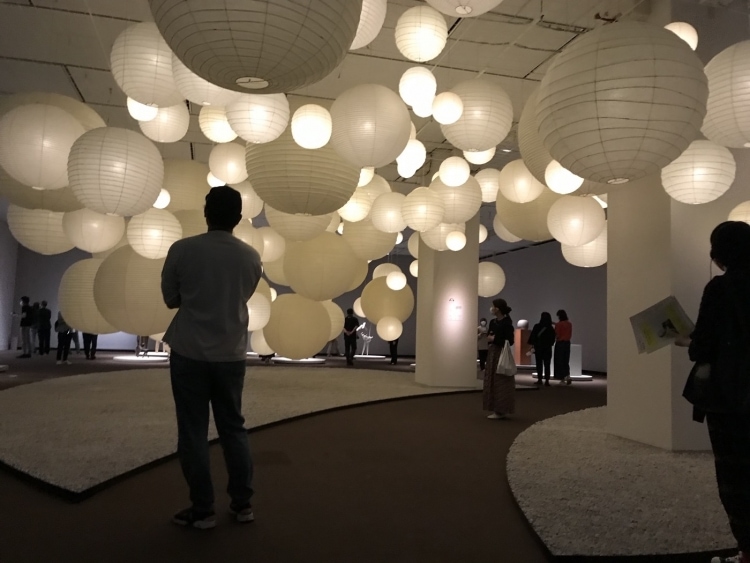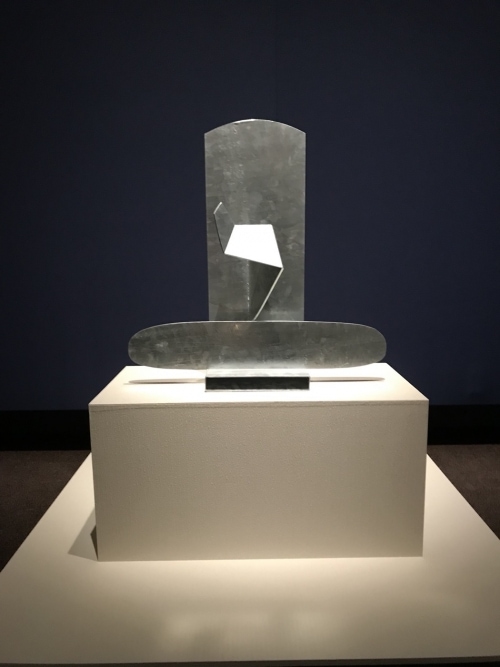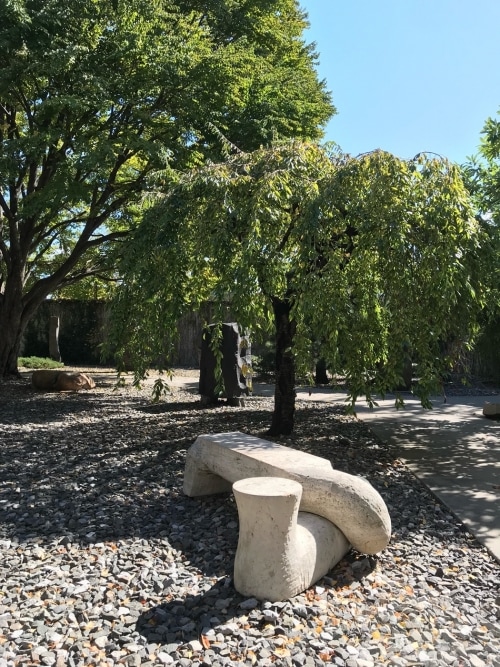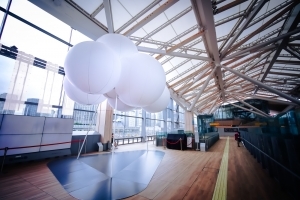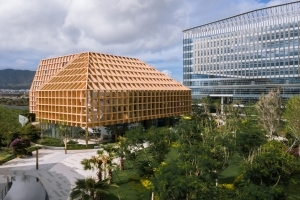Highlights include the immersive installation of 150 Akari light sculptures and carved stones from the Isamu Noguchi Garden Museum
Isamu Noguchi, Japanese-American artist, exhibition "Ways of discovery" opens at the Tokyo Metropolitan Art Museum. It shows a comprehensive look at three distinct phases in Noguchi's six decade-long career in Japan and abroad. They can be broadly categorized into three series: the interlocking sculptures, the metal origami and the emotive stone creations from the later part of his life.
Highlights include the immersive installation of 150 Akari light sculptures and carved stones from the Isamu Noguchi Garden Museum, which have never been exhibited in Tokyo before. In this article, I would like to report the exhibition and further research of Japanese stone as material.
(1)The Sculptural Universe
The section features Noguchi’s works and installations from the 1940s through his last years in the 1980s.At the center of display of this section is an enchanting installation of Akari lights, consisting of approximately 150 paper lanterns in wonderfully sculptural shapes.
His Akari lights became very popular. He made these from 1954 to 1974 with three series. Differences can be distinguished. As times goes, the design becomes softer.
(2) The world of Lightness
Noguchi found inspiration in Japanese culture such as in the art of kirigami (paper cutting) and origami (paper folding) for his exploration of sculpture, and he imposed a rule of creating a work of art from a single sheet on himself. They are truly metal “Origami”.
(3) Stone Gardens
Noguchi had his studios in New York and Mure (Takamatsu City, Kagawa Prefecture). The "Garden of Stones" is the first attempt to exhibit in a museum multiple stone sculptures from the last years of Noguchi's life left in Mure. In the final chapter, we would like to explore the essence of the Mure studio. Unfortunately, this section was not allowed to take photos, so please visit the site and experience it for yourself. Below are the pictures at New York studio where unlike Mure in terms of circumstances around the studio though, visitors can feel some similarities between these studios.
In between Chapters 2 and 3, there is a section where we can actually see and learn about the differences in stone materials. It is so natural to have those around us, such as stone walls, roof tiles, inkstones, and stones. This exhibition reminds us that stones are so essential to our lives and deeply related to Japanese culture. In Japan, from Hokkaido to Okinawa, various kinds of stones are produced in all areas. Most of them are granite, but there are more than 200 different brands.In particular, the three major stone production areas in Japan, Aji in Kagawa, Okazaki in Aichi, and Makabe in Ibaraki, produce an abundance of excellent stone, and a wide range of stone crafts have been produced since ancient times, including tombstones, stone lanterns, and arts and crafts.
Today, it is difficult to secure domestically produced stone materials in Japan due to reasons such as nature conservation, pollution, noise control, and competition with imported stone materials.In addition, more and more people are disposing of their graves due to changes in family values, diversification of values, and problems with lack of successors, and demand for lanterns and sculptures is decreasing due to changes in housing conditions, resulting in a downward trend in domestic shipments of stone products. What we can do as citizens and creators would be to understand reality and think creatively how to utilize these to our daily life.

 日本語
日本語 English
English
